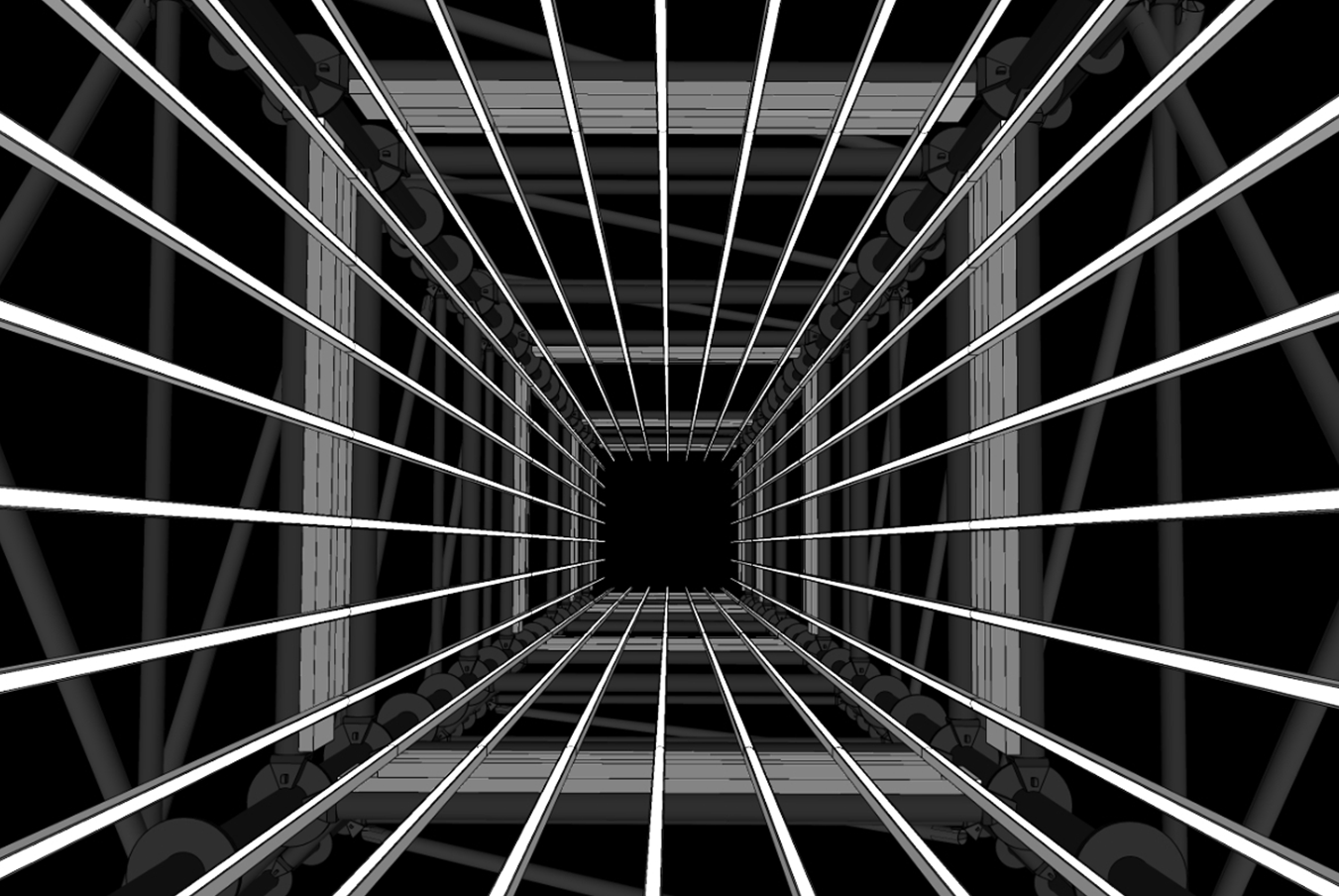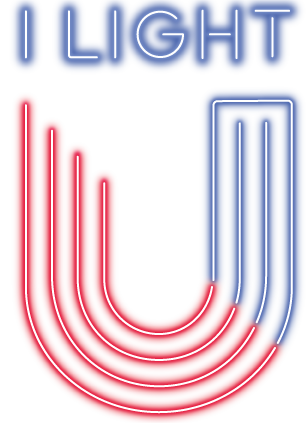Moreelsebrug – peter vink

Between the stairs of the Moreelsebrug on the Jaarbeurs side stands a tower of light in scaffolding. The scaffolding serves as a beacon of light symbolizing the city’s transformation: a place under construction. The vertical lines of light collectively form a space and establish a relationship with the immediate surroundings of the artwork. From the Moreelsebrug, many tall buildings are visible, which impose their vertical characteristics on this artwork.
In the distance, the Dom Tower is still surrounded by scaffolding, but the top of the tower is once again visible. In this artwork, light escapes from the top of the tower. The light installation can be viewed from various vantage points, and don’t forget to look inside the tower on the ground floor.
Peter Vink creates artworks on location. In his work, he starts from the specific characteristics of a space or environment. He aims to emphasize or enhance what is present to influence and centralize our experience of space. By breaking through conditioned viewing, Vink wants to encourage people to perceive their surroundings differently. Here on the Moreelsebrug, the scaffolding is highlighted in a different way than one would expect, with the light lines on the inside rather than the outside of the scaffolding. The straight lines in white light are the artist’s trademark.
“In my artworks, I always shape the space to my liking, and as a result, I am always engaged in a transformation.”
Artist: Peter Vink
The NEtherlands
Peter Vink [De Bilt, 1974] creates site-specific artworks. In his work, he starts with the specific characteristics of a space or environment. His aim is to emphasize or enhance what is already present to influence and place our experience of the space at the center.
He studied at the Gerrit Rietveld Academie in Amsterdam. He has exhibited internationally and completed various public art commissions. Recently, he created the light art installation “B67” for the temporary location of the Dutch Parliament in The Hague, commissioned by the Rijksgebouwendienst (Government Buildings Agency).

